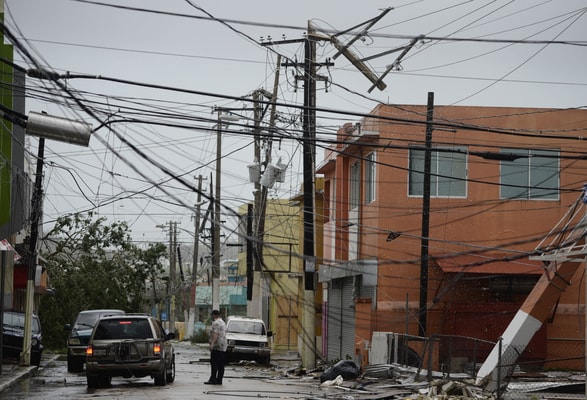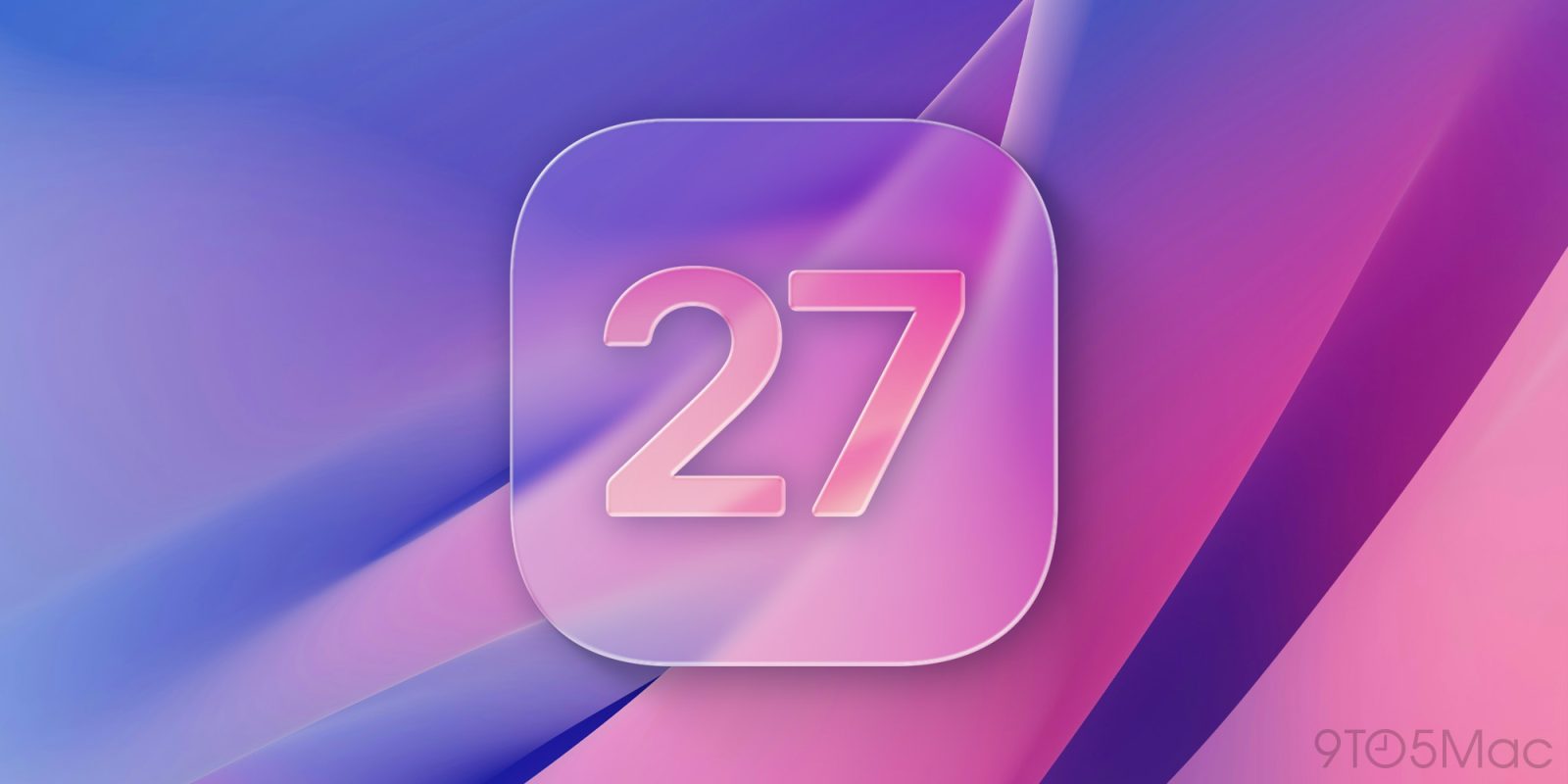
Puerto Rico was an extremely vulnerable target for Hurricane Maria. The island has been facing an extreme financial crisis that has been building for decades. Nearly 43% of its residents live in poverty. The only electric company on the island, PREPA is about $9 billion in debt and has been operating with outdated equipment for decades. Decades! Not months, or years, but decades. The power plants on the island are, on average, 44 years old and rely on outdated oil fired systems. Most plants in the United States are about 18 years old and use newer natural gas generators. PREPA filed for bankruptcy in July, and even called its own infrastructure “degraded and unsafe”.
All this poor infrastructure is a recipe for disaster, in general, but add in a Category 5 hurricane and it’s catastrophic. Add in a second hurricane, and there might be no way to recover from this. Hurricane Irma skimmed Puerto Rico’s northern coastline and killed at least three people. It also knocked out power for more than one million residents. After the storm, PREPA was able to turn the lights back on for about 70% of its customers. But everyone else was going to have to wait months for months to get electricity back. That is until Hurricane Maria hit.

Hurricane Maria devastated the island. Maria knocked out PREPA’s electrical system, this time leaving 3.4 million people in the dark, with little hopes of recovery. Officials are suggesting that it will take four to six months before power can be restored. Can you imagine what it would be like to go without electricity for a day or two? Let alone a couple of months? Take the luxuries of life away for a moment, and think about what requires electricity. Running water is a start. Or a way to cook food. Unless you’re lucky to have a gas stove, but how will you keep your food cool? Those are two things that you need – food and running water. I’m not even talking about air conditioners, or televisions or cell phones. Although a cell phone is integral from a communications perspective. The old-fashioned land lines don’t need electricity.
Think about this from a community perspective. Electricity is essential to powering the local hospitals. Most of Puerto Rico is running on generator power. But that’s leading to extremely long lines at temporary gas stations as residents attempt to get some gas in order to run their generator. And like I said, without electricity, there is no way to pump water into homes and businesses. Last week, the Federal Emergency Management Agency (FEMA) estimated that 42 % of Puerto Ricans were without access to potable water. As of Friday, just nine of the island’s 52 wastewater treatment facilities were operational.

The official number of deaths in Puerto Rico is 16, but that’s what has been reported. The longer the island goes without power, the more likely it is that people will get sick. And then those illnesses will spread. The sad part about this is that Puerto Rico isn’t able to handle this crisis. They aren’t able to rebuild their own power grid. Which could mean that electricity will end up being privatized? That’s another story altogether and one that could involve Tesla.
I think the bigger question to ask right now is why hasn’t the United States sent more assistance to help with the hurricane? The people who live there are U.S. citizens, and yet they are still struggling. They are still searching for people and hoping to find survivors. It will be a long road to recovery for the island, and their electrical system is going to be a top priority when that starts.



